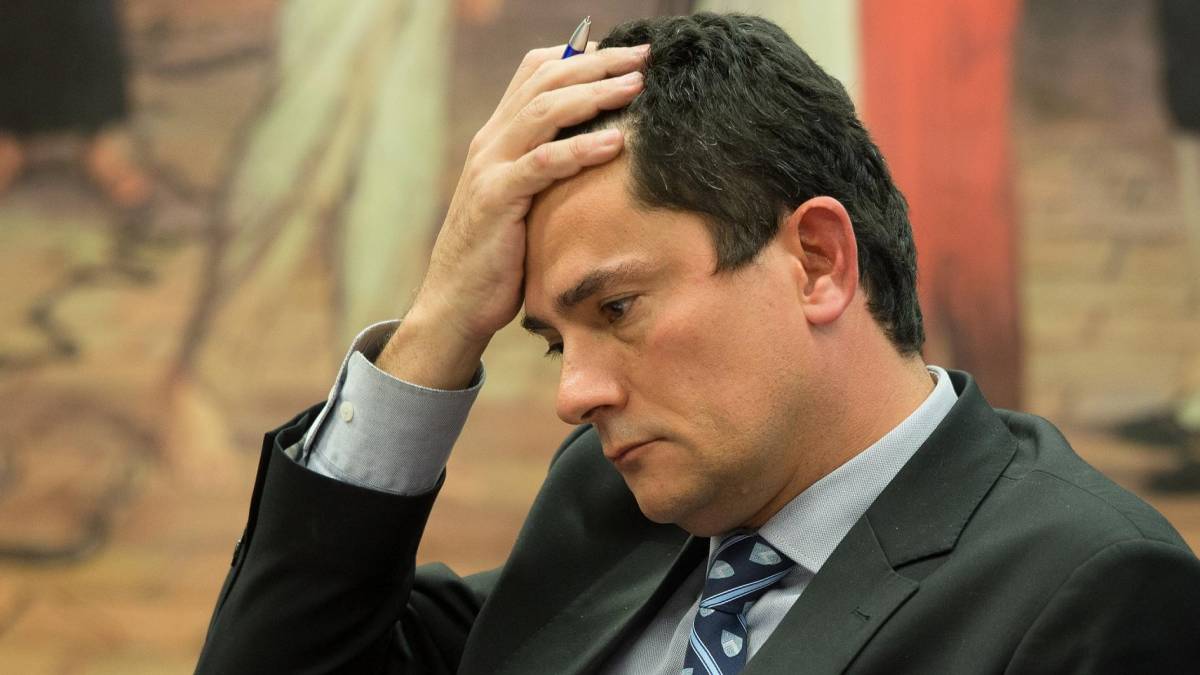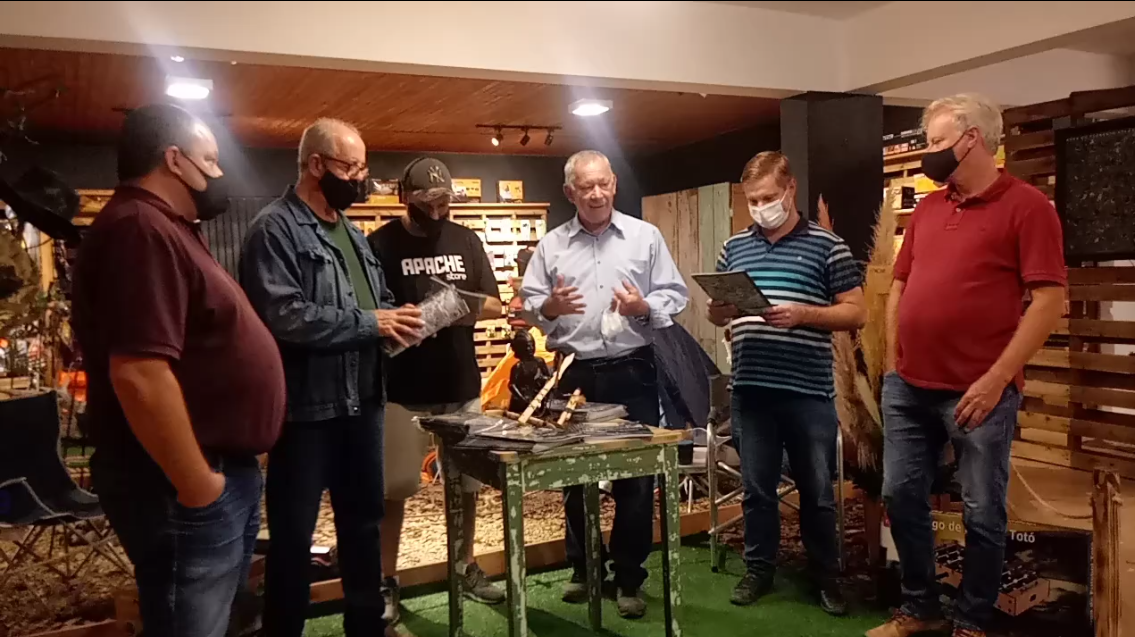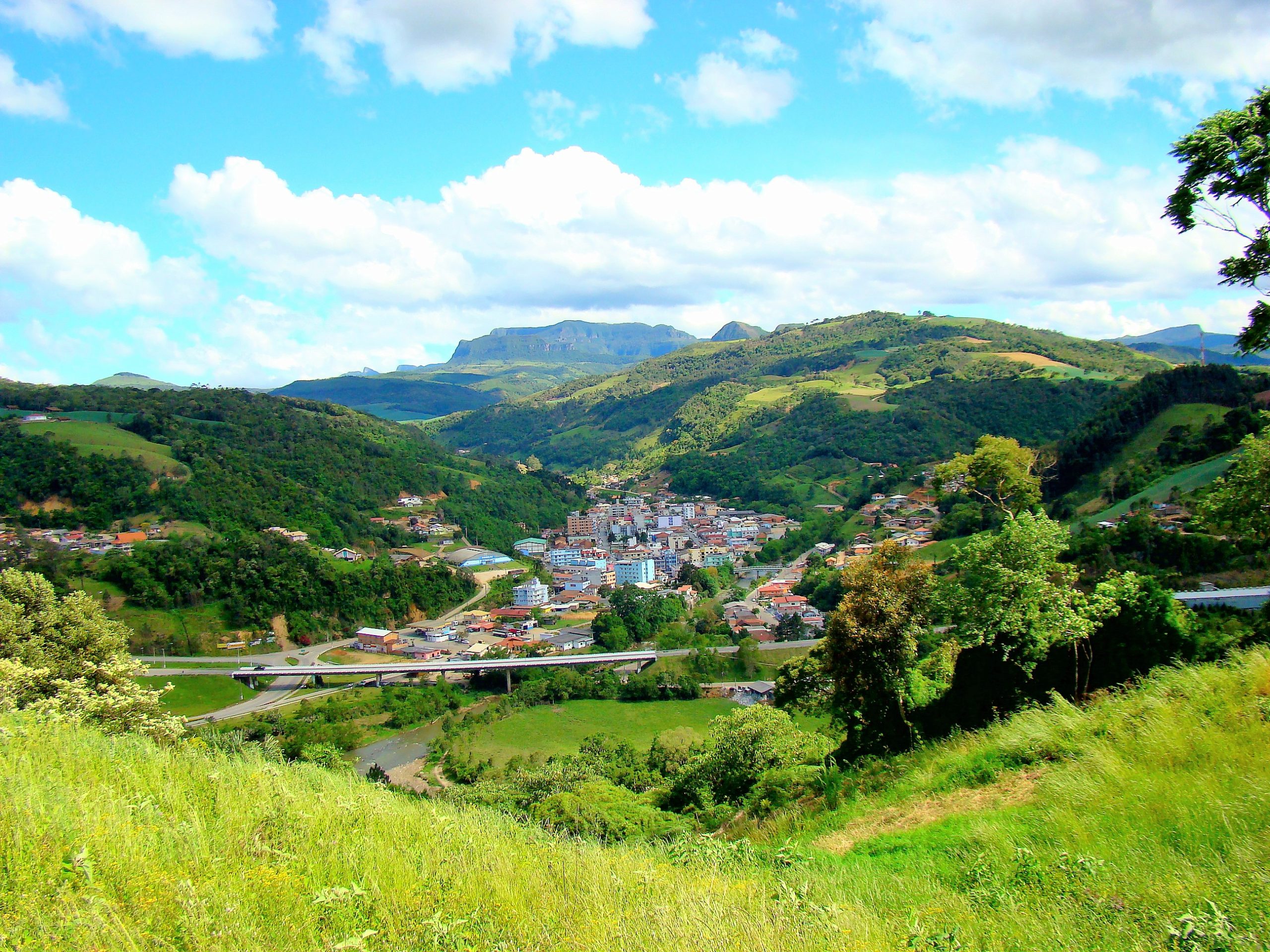The publication is the result of an action by the MPF against a matter that offended the indigenous people.
The newspaper O Município, from Brusque, published, in its edition on the 29th, a right of reply, granted in favor of the Indigenous Land (TI) community of Morro dos Cavalos, as a result of a public civil action by the Federal Public Ministry (MPF ) in Santa Catarina.
The lawsuit was filed by Federal Attorney Analúcia Hartmann against journalist Raul Sartori, after receiving representation from the indigenous leader Eunice Kerexu Antunes, motivated by a publication that was offensive to the Guarani indigenous community in Morro dos Cavalos.
Check out the full right of reply below:
“Morro dos Cavalos is an Indigenous Land. This is what Ordinance 771 of 2008 of the Ministry of Justice says, which was maintained by the Federal Court despite several contrary legal actions. The Morro dos Cavalos Indigenous Land, located in Palhoça, SC, has always been a traditional occupation of the Guarani indigenous people. If compared to other Indigenous Lands in the Amazon, those in southern Brazil are small pieces of demarcated traditional territories. This happens because of the colonizing advances from the coast to the interior of the country, from colony Brazil, which were disrespecting the presence of people who lived there, and stealing their lands, built villages, felled the forest and commodified the natural resources planted by the indigenous people, the real owners. The traditional indigenous territories were, then, torn apart by the presence of cities and, returning complete territory to the natives would generate many wars. The option was to demarcate small pieces where the villages and the environment necessary for the survival of the community were located, according to article 231 of CF 88.
However, even in small pieces it is not being easy to guarantee Indigenous Rights. In the dispute for the country’s developmentalism, ignorance and bad faith on the part of local and state politicians, who manipulate and incite violence between landowners and squatters against indigenous people. All this adds up to a cheap sensationalism of disinformation. The strategy of the so-called anti-indigenous begins by stating that the natives are, in fact, foreigners. As if they were people living in other countries under inhuman conditions and trying to make a better life in Brazil. However, it is not said that the Guarani Territory, for example, encompasses the region known as the La Plata Basin, which occupies an area of 4.3 million km² and has portions of areas in Argentina, Bolivia, Paraguay, Uruguay and also the coastal basins in southern and southeastern Brazil. The small piece of land called Morro dos Cavalos has a Guarani presence since before the arrival of the first Europeans in 1500, the so-called “discovery of Brazil”. The Tupi Guarani language has been in this region for over 3,000 years, it is the mother tongue spoken and strengthened all the time. This language was official in Brazil until 1759, and still is in Paraguay and Bolivia. In this process of territorial recognition, new victims are being created, such as non-indigenous residents who are currently found within Indigenous Lands and have full rights to compensation and relocation of their homes. The Union, via Funai, indemnifies all improvements, from houses, fences, plantations, that have been carried out before the Declaratory Ordinance of the Ministry of Justice. And why not indemnify the land? Due to the Land Law of 1850, Emperor Pedro II decreed that the Provinces, current States, would be responsible for granting titles to land buyers. Thus, the States are currently responsible for indemnifying or relocating residents of Indigenous Lands. In SC, it is provided for in the State Constitution of 1989, in its art. 148-A, and this right is not enforced by the government or publicized by the press.
So, when the Government of SC, Mr. Raimundo Colombo, called the STF against the continuation of regularization of the TI Morro dos Cavalos, the State chose to violate its own Constitution and create unnecessary conflicts that will certainly have to be investigated in the future. And why this option? This is the political model that we are held hostage, where candidates without an electoral base encourage conflicts between communities and then, during an election period, put themselves as “mediators” and promise both sides that, if elected, they will alleviate the situation.
Many politicians asked for votes for the Guarani community of Morro dos Cavalos with promises of appeasement, and also went with the same speech to the non-indigenous communities of Enseada do Brito, Maciambu, Praia de Fora and Pinheira. After years gone by, they reappear this year in demonstrations as mediators, once again misinforming the population with their own electoral interests. The current disinformation is the duplication of the BR-101 in Morro dos Cavalos. Since 2000, the Guarani leaders, consulted by Funai, have requested that the works be done through tunnels, and were accompanied by technicians from Ibama, as with the maintenance of the stretch on top of the Morro, it would separate the forest environment from the Atlantic Forest, causing isolation of native species that are located to the east, causing future extinction. The decision was brought to the attention of the DNIT and was accepted, but a complaint was made to the Federal Court of Accounts questioning the financial values of the works of two tunnels, which was analyzed and answered by an opinion saying that duplication by two is cheaper and more convenient. tunnels, due to environmental issues and traditional peoples, as well as being cheaper to maintain after the completed works. Without tunnels, immense works to contain slopes and viaducts would have to be installed, increasing environmental and financial impacts in the future. In 2010, the Environmental Studies for the tunnels and the Environmental Programs were prepared, and in December 2015 they were approved by the DNIT, by Funai, and the Guarani community was consulted. The start of the installation of the work, which was scheduled for July 2016, is at a standstill, according to DNIT, for lack of resources due to the economic crisis. The Guarani people have nothing to do with this crisis, and they even played their part in the installation of the fourth lane, which was authorized as part of the beginning of the installation of the works on the tunnels in Morro dos Cavalos. What we currently have, from news about protests against the indigenous presence in Morro dos Cavalos, is nothing more than racism instigated by the interests of politicians who want conflict in order to gain votes in the elections.



